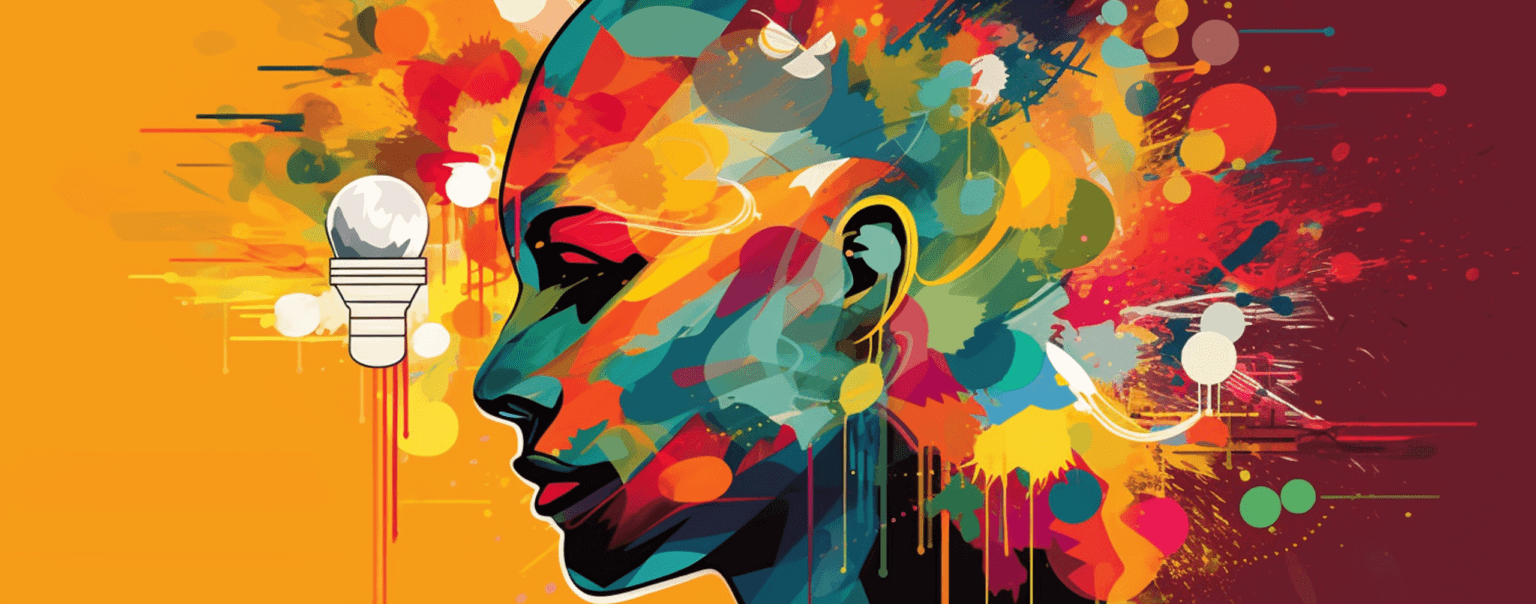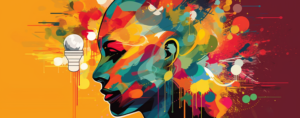Effective presentations are not just about presenting information, they are about making a connection with the audience. One way to achieve this is by incorporating emotional design into your presentations. Emotional design involves designing with the user’s emotions in mind. It is the process of creating products or designs that elicit an emotional response from the user. This concept can be applied to presentation design to enhance the engagement and connection with your audience.
Understanding emotional design
Emotional design involves creating experiences that evoke an emotional response from the audience. It is based on the idea that emotions influence our behavior and decision-making. By tapping into emotions, you can create a deeper connection with your audience and increase the likelihood of them taking action based on your presentation. Emotional design can be achieved through a variety of design elements, such as color, typography, imagery, and even the tone of voice used in your presentation.
Designing for emotion
To design for emotion, you need to understand your audience and what emotions will resonate with them. It is important to consider the context of your presentation and what emotions are appropriate for the situation. For example, a presentation on a serious topic may require a more subdued color palette and tone, while a presentation on a more lighthearted topic may benefit from brighter colors and a more playful tone.
Connecting with your audience
Emotional design can help you connect with your audience on a deeper level. By evoking emotions, you can create a more memorable and impactful presentation. This can lead to increased engagement, a better understanding of the message, and ultimately, a more successful outcome. When designing your presentation, consider what emotions you want to elicit from your audience and how you can achieve that through design.
Incorporating emotional design into your presentation design can have a powerful impact on your audience. By understanding your audience and designing for emotion, you can create a deeper connection with your audience and leave a lasting impression. Take the time to consider the emotional impact of your presentation design, and you will see the difference it can make in your next presentation.











